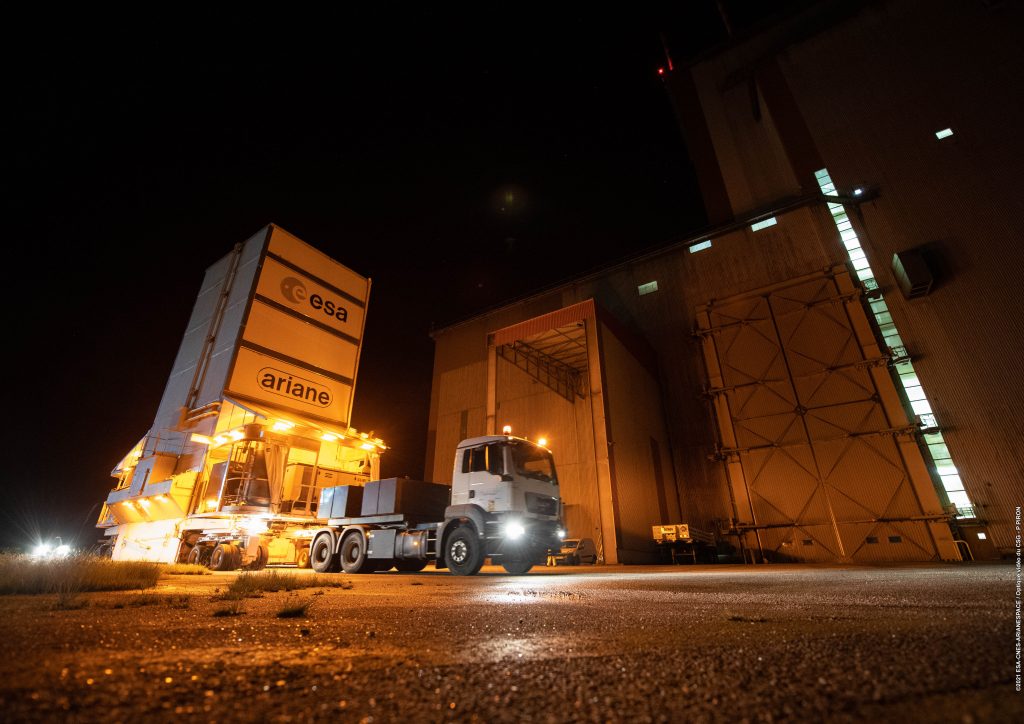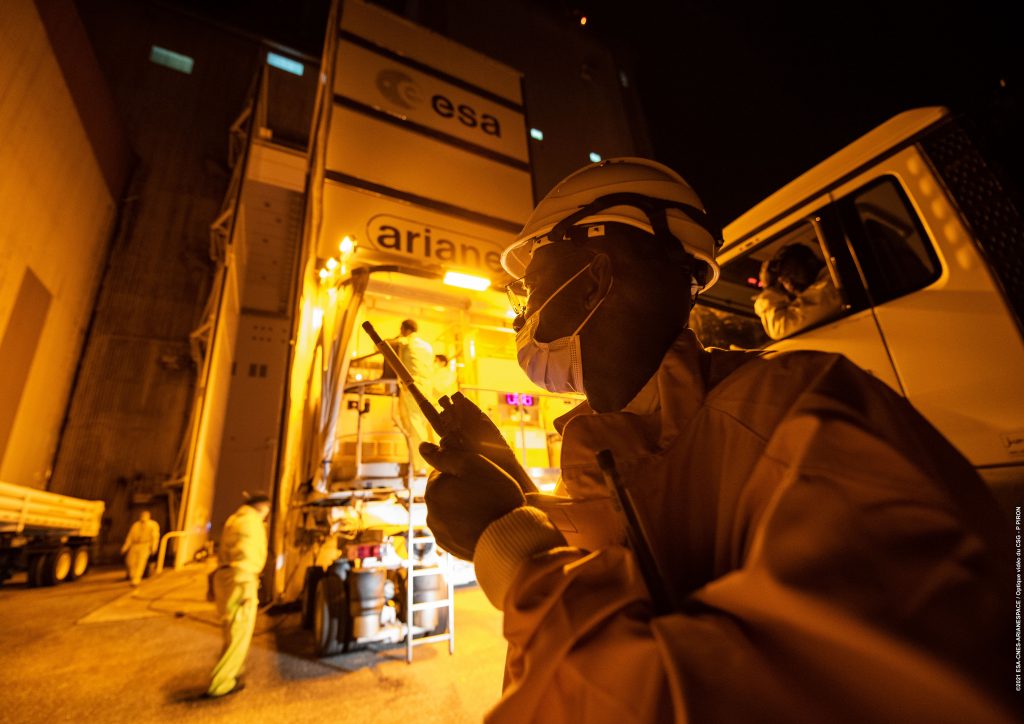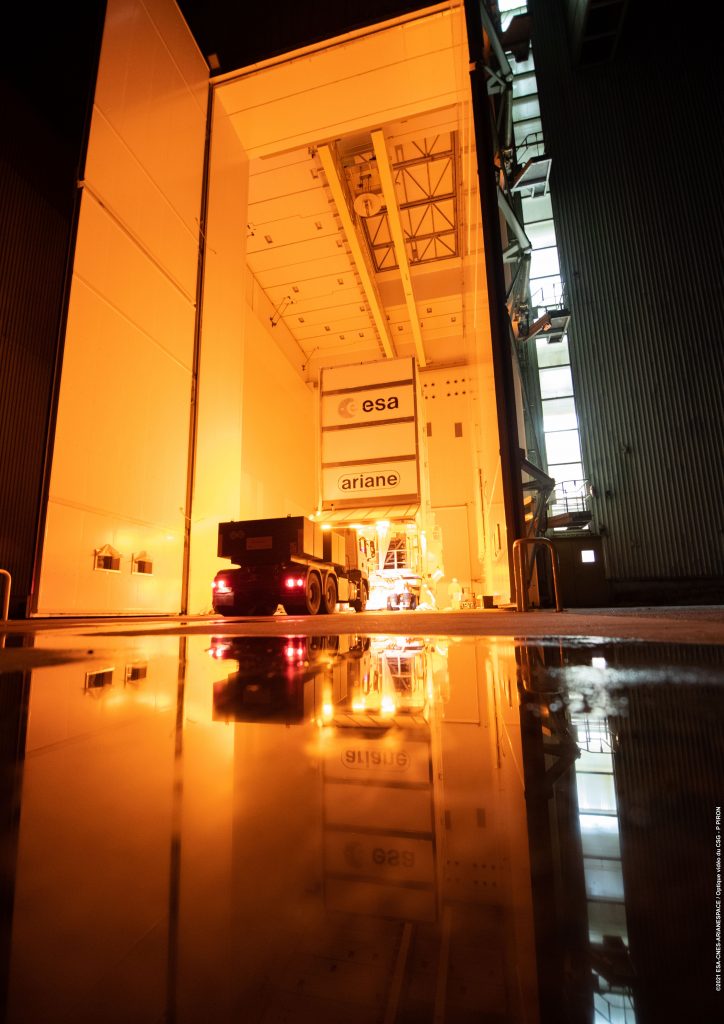This is it! It is less than two months until the Webb telescope finally launches, and we couldn’t be more excited. Webb is NASA’s next flagship observatory and a technological marvel, more than twenty years in the making. It has just arrived in Kourou, French Guiana – home to Europe’s Spaceport facility and our upcoming launch site. (More on that next week, including some amazing photos and video footage!)
We are starting a blog to keep you abreast of what is happening during the telescope’s launch and commissioning timeframe. The first science from the observatory won’t be available until next summer, but there are many exciting things along the way. We’ll also use this space to hear firsthand from some of the mission’s top scientists and engineers about the technical processes that are happening, their experiences with the mission, and the exciting discoveries that await us!
To begin, we asked the mission’s senior project scientist and Nobel laureate, John Mather, to reflect upon the mission that will define the next decade of astronomy:
“On behalf of all scientists and all curious people everywhere, thank you to the team who made the Webb telescope possible! It represents decades of work by over 10,000 of us, putting our hearts and minds and fingers together through troubles, nights, weekends, and COVID.
“Now we’re near launch, and everyone wants to know if I’m worried – will it work? My opinion has no effect on the hardware, but we did what it takes to win. We sketched, we argued, we worried, we analyzed, we made a plan, we wrote down everything, we made checklists, we built the parts, we put them together, we tested as though our lives depend on it. We have backup electronic systems for everything where we can. Everyone on the team knows how much this mission matters to the world.
“Our scientific colleagues are ready to go. We’ve decided where we’re going to look for the whole first year of scientific observations. We’ll be hunting for the first objects that grew out of the primordial big bang material, we’ll be looking at distant galaxies to see back in time, we’ll be looking inside dust clouds to see stars and planets being born today, we’ll be looking at planets around other stars to see if they have atmospheres, and we’ll be looking close to home at everything in the solar system from Mars on out.
“But before we do that, we have to set up the equipment. We’ve got an hour-by-hour plan, and it takes 6 months. First, we unfold the observatory by remote command, then we wait for its plastic sunshield to dry out, then we let the telescope cool down, then we focus it, then finally we check out the four instruments. They come from the U.S., Europe, and Canada, and they will make images and spectra, spreading out the light into rainbows that tell us what’s happening inside the stars and galaxies – what’s their chemistry, how hot are they, how are they moving? The data will come back by radio to the computers and scientists around the world. We’ll be asking and trying to answer: Where did we come from? How is life possible here on Earth?
“It will be worth the wait.”
—John Mather, Webb senior project scientist
By Alexandra Lockwood, project scientist for Webb science communications, Space Telescope Science Institute
And Jonathan Gardner, Webb deputy senior project scientist, NASA’s Goddard Space Flight Center




